How To Attract Pollinators To Your Garden
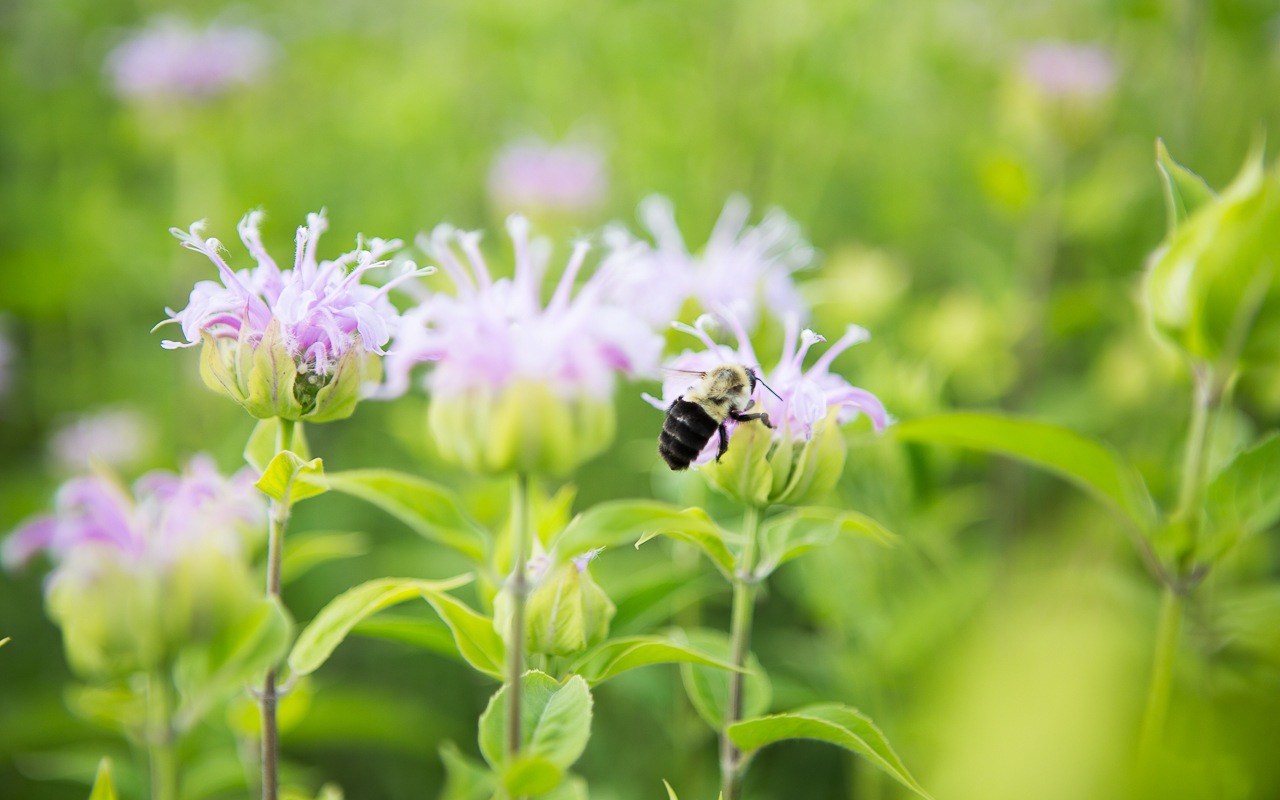
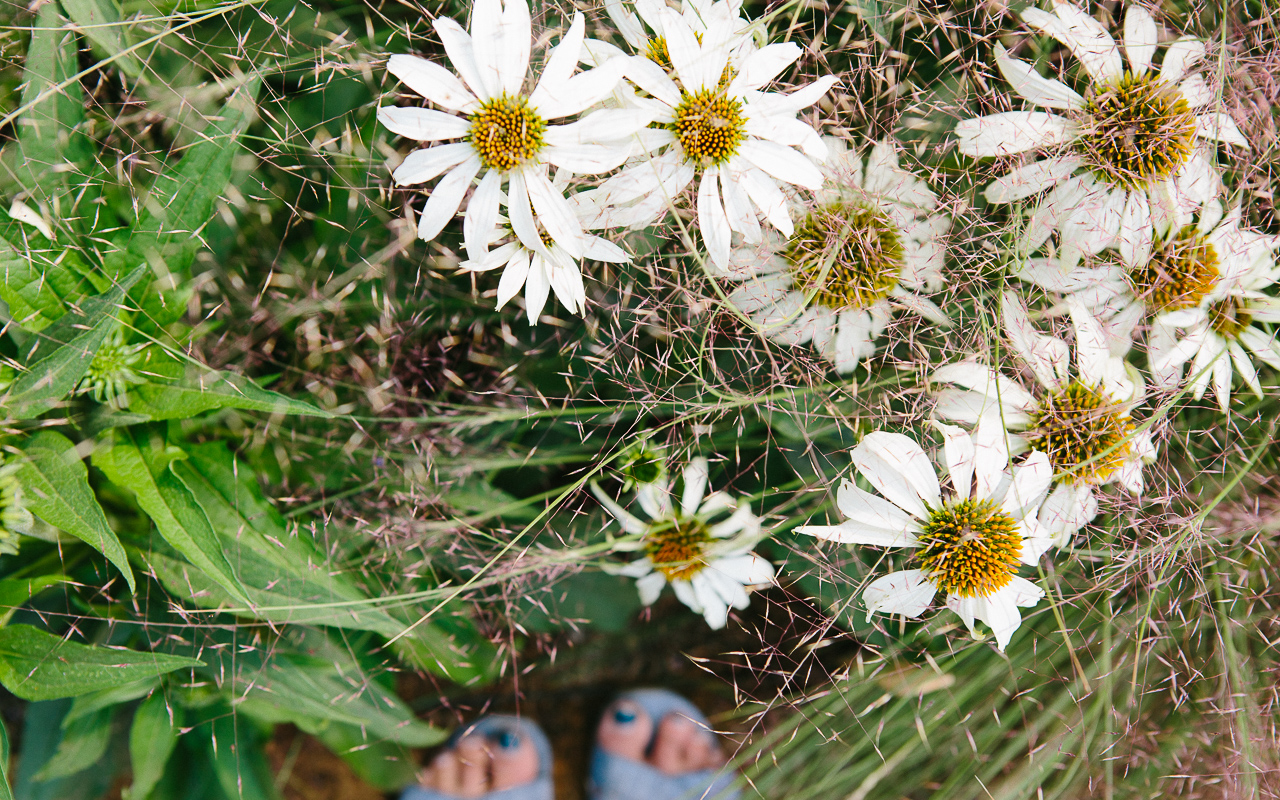
Photo by Emily Murphy
Looking for creative ways to attract pollinators to your garden?
Pollinators face a number of challenges, with habitat loss, pesticide use, and climate change at the top of the list. What’s wonderful is, our gardens make a difference. Together we can invite pollinators such as bees, butterflies, and hummingbirds to come calling and to even set up shop and stay a while with the right planting techniques.
Here are 9 essential tips for designing and growing a bountiful garden for you and pollinators.
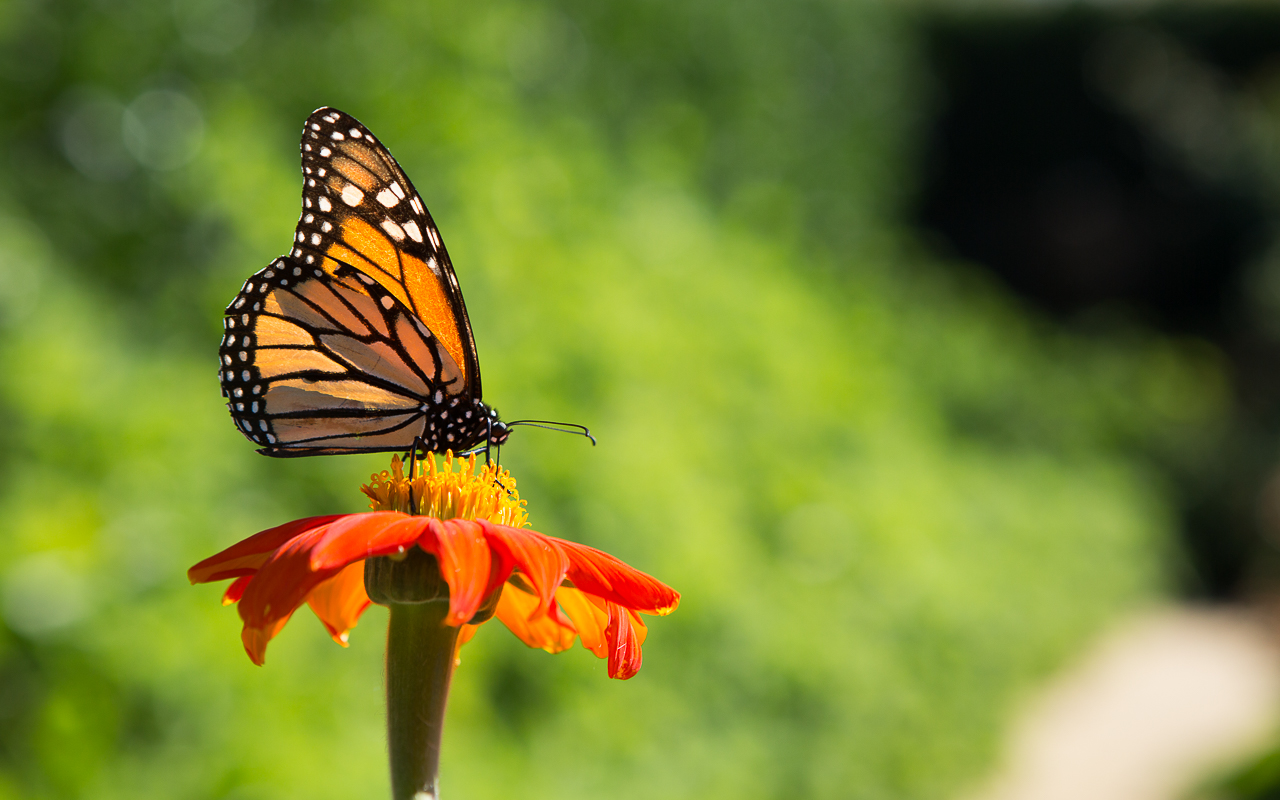
Photo by Emily Murphy
Grow a Variety of Flowering Plants & Grasses
A diverse selection of flowering plants and grasses help ensure you have something for everyone. As you can see from this photo (above) butterflies need flowers with landing pads so they can rest securely while feeding. Many bees also forage from disk-shaped flowers like the one above, though bees forage from a variety of flower shapes and sizes. You’ll see them crawling into tube-shaped flowers, which are as equally a good fit for hummingbirds with their long beaks and tongues.
Planting with diversity in mind helps bridge the seasons. If you’re growing poppies, chives, and other early, spring flowering plants along with summer, and fall-flowering plants such as sage, aster, and yarrow you’ll have plenty of forage for months on end.
Many grasses, native plants, and kitchen garden edibles such as dill and fennel are important host plants for butterflies. If you find holes chewed in leaves it may very well be the work of a caterpillar, so be sure to properly ID the culprit before removing it from your garden. It could be the larva of a rare and important butterfly.
Grow A Better Pollinator Garden

Photo by Emily Murphy
Plant Flowers With Vegetables
Interplant flowers with vegetables to build diversity into your garden. It’s a wonderful way to optimize space while companion planting. Mixing up plantings is also a fabulous method for confusing pests that find their host plants through scent. Think of it as built-in pest control plus you get flowers!
Nasturtiums, violas, calendula, borage, chives, and sunflowers are all edible flowers that double as companion plants.
Companion Planting With Edible Flowers
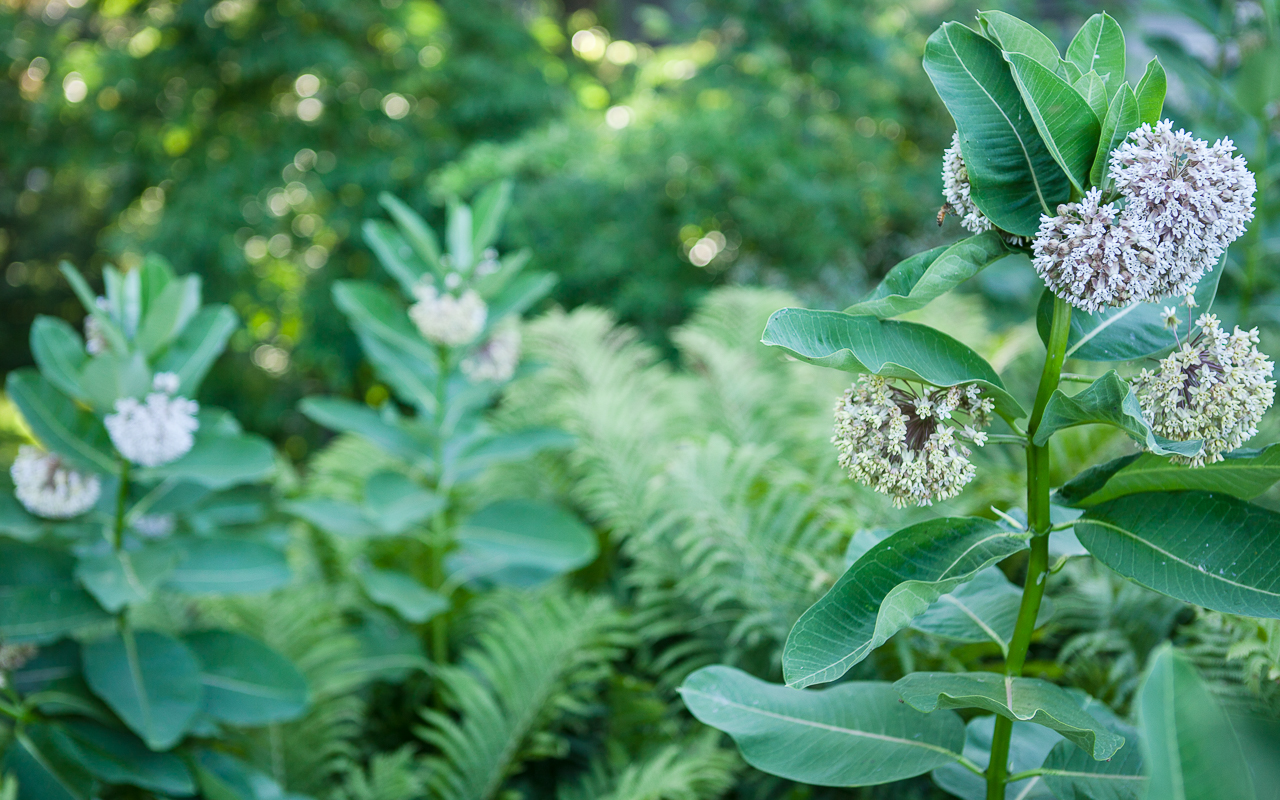
Photo by Emily Murphy
Add Strategic Host Plants to Your Landscape
What is a host plant? Host plants are essential to the life cycle of butterflies. They’re where adult butterflies lay their eggs and where their larvae or caterpillars feed when they emerge.
As you may know, milkweed is the sole host plant of monarchs and, as monarchs migrate between their summer and winter homes, they require milkweeds to continue reproducing while in route. Adding milkweeds to your landscape is wildly helpful to butterflies like monarchs and milkweed blooms are popular among all sorts of pollinators including bees.
But Monarch’s aren’t the only butterflies. Get to know the butterflies native to your region and plant host plants with each unique species in mind.
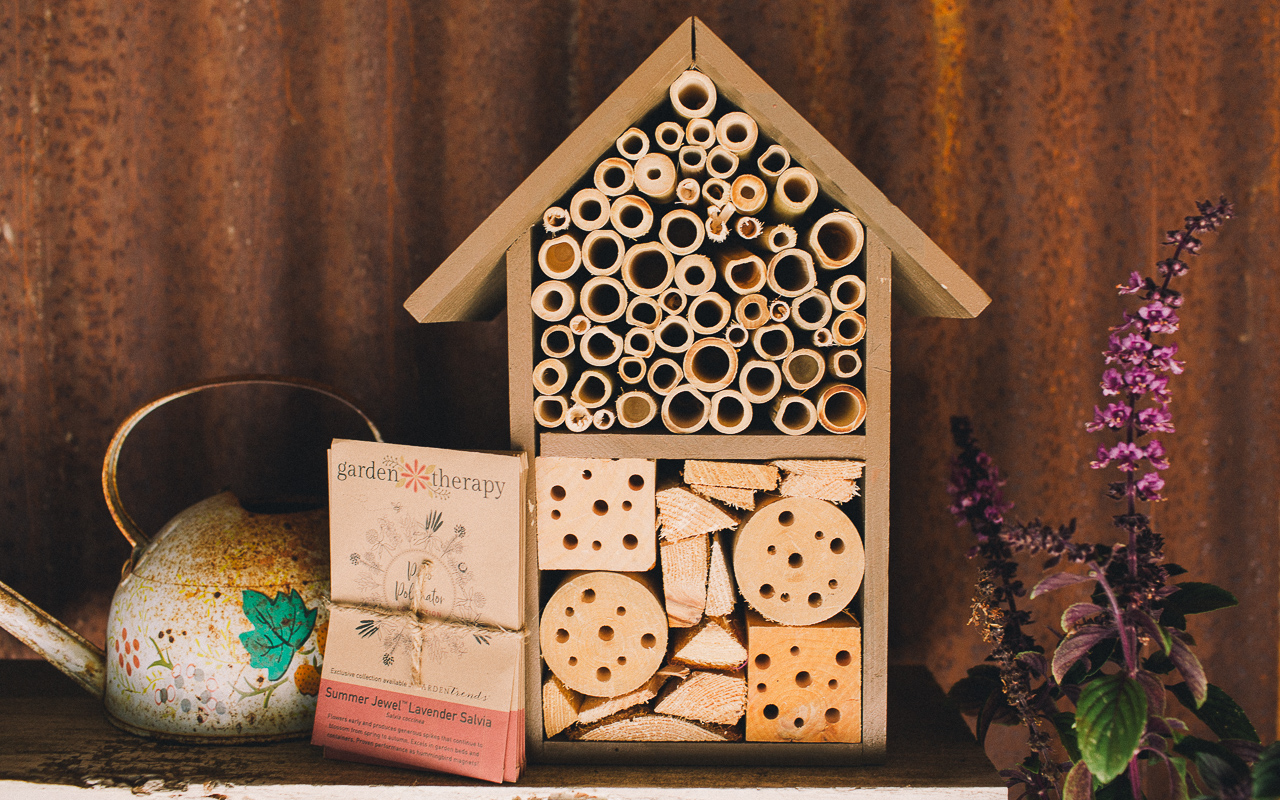
Photo by Emily Murphy
Grow a Patio Pollinator Garden
Yes, it’s possible to grow a pollinator garden in the smallest of spaces — even a patio! Choose varieties suited for containers, like those found in the Garden Therapy Patio Pollinator Seed Kit. It includes varieties of plants pollinators love, like sage, cleome, and marigolds. Plus it comes with this awesome bug hotel that doubles as garden art.
Find yours here.
6 Solutions for Successful Container Gardening
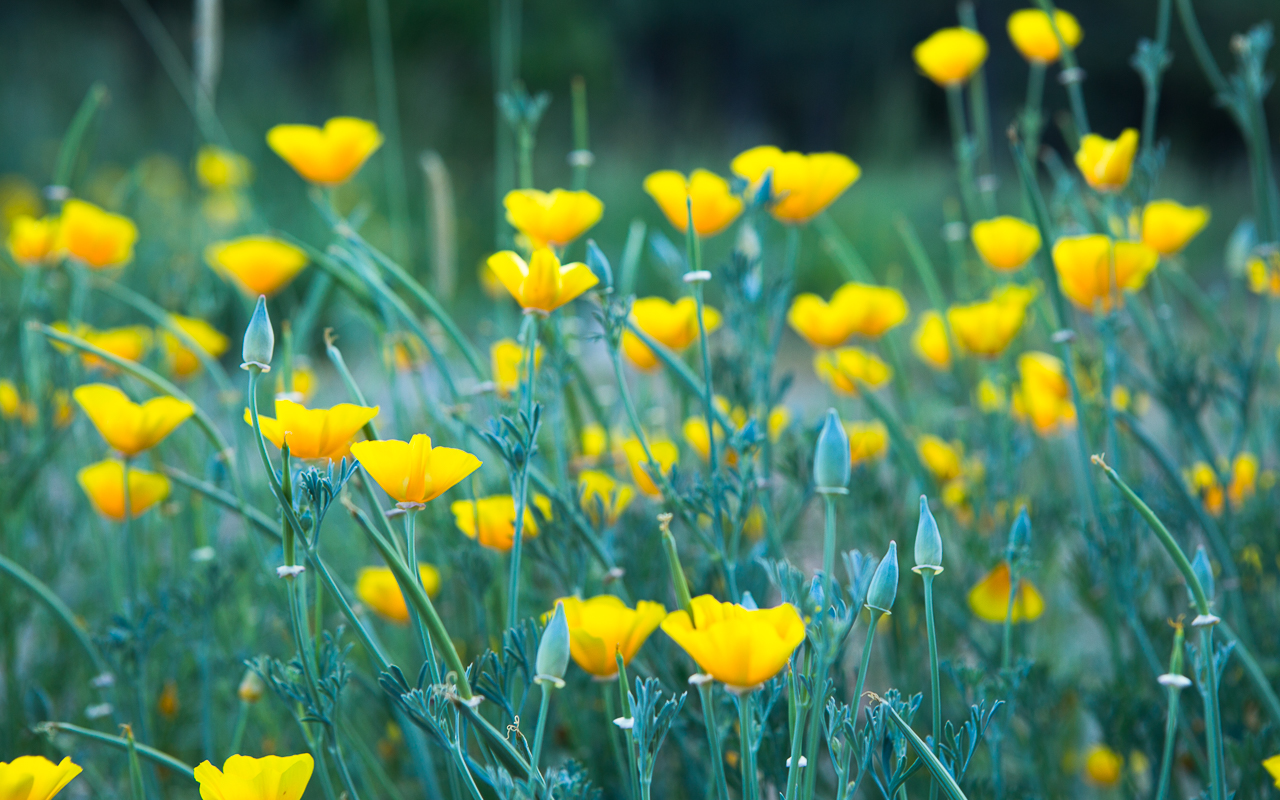
Photo by Emily Murphy
Go Native
While there are many glamorous varieties and hybrids to try it’s important to not forget the simple beauty of native plants like these California poppies (above). They can be just as lovely in the landscape as any new-fangled designer cultivar, they’re naturally adapted to your local climate, and many are important forage and host plants for pollinators.
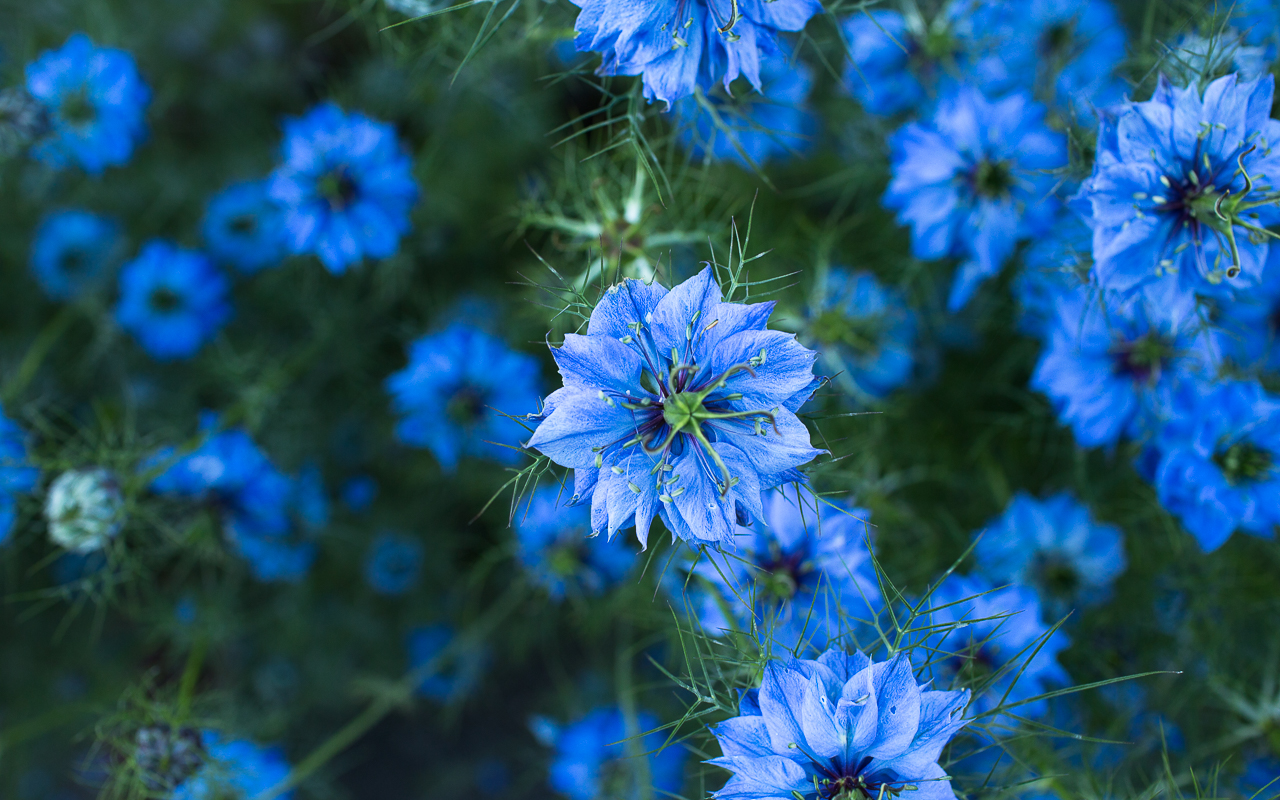
Photo by Emily Murphy
Plant in Large Swathes or Groups
Animals are creatures of habit. Once they find food in a particular location they’re more likely to return, and it’s easier for them to find food in the first place if it’s not just a single plant or flower but a large patch. Consider placing 2 or 3 of the same plant together or grow groups of the same plant in 1 meter square swathes. You’ll then find you have repeat customers.
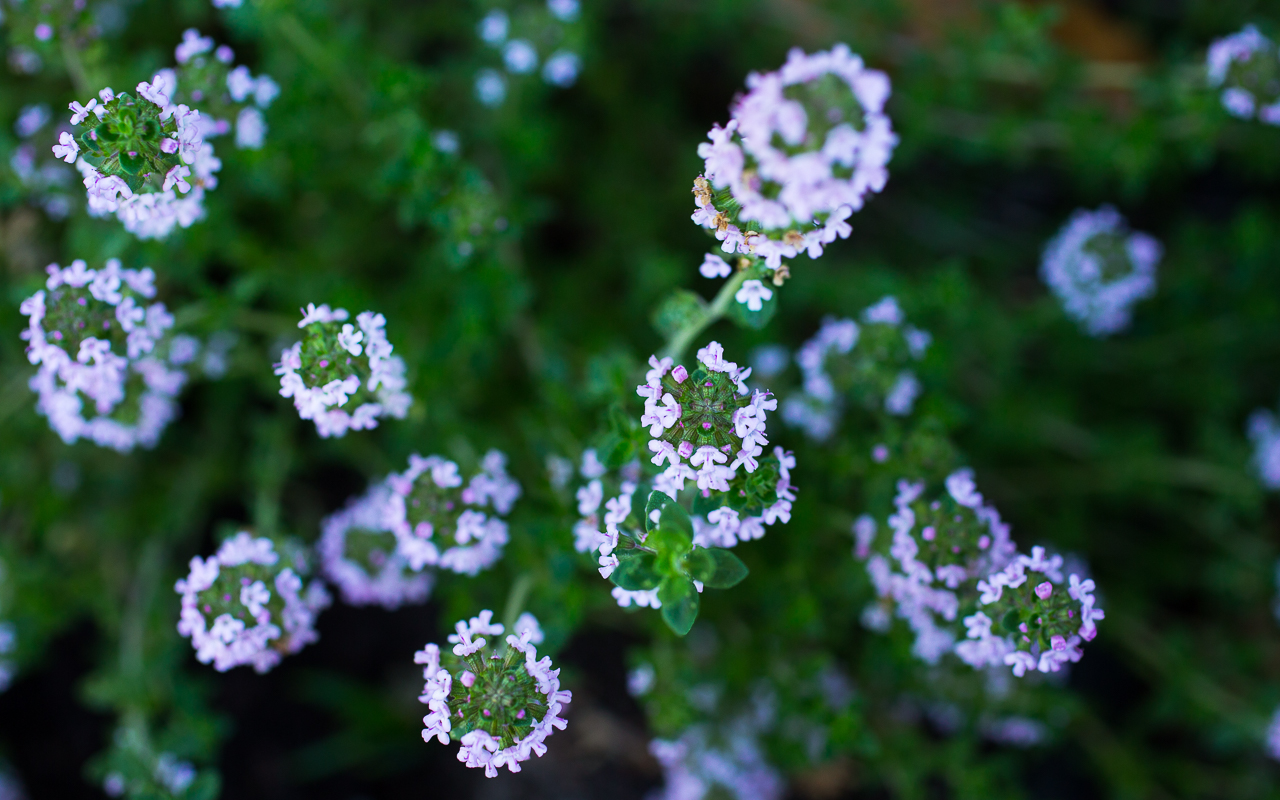
Photo by Emily Murphy
Grow Herbs & Let Them Go To Flower
If any plant could pull an all-nighter, cramming for a test each and every day while doing it gracefully, it’s herbs. They’re packed with flavor and fragrance, boasting of blooms that peak the imagination and feed the bees, provide 1st level protection from mosquitos, and work away in the background as companion plants. How can you not make room for a few thyme, oregano, parsley, rosemary, or cilantro plants?

Photo by Emily Murphy
Ditch the Pesticides & Mulch Carefully
Pesticides are indiscriminate, creating a toxic environment for all creatures. That includes you and me let alone tiny, foraging pollinators. Stories of Colony Collapse Disorder and the steady, drastic decline of monarch butterfly populations reminds us just how fragile our ecosystem truly is and how important it is to live organically and tread lightly.
Just as important to consider are the homes of living creatures. Many bees, for instance, are ground nesting. While mulch works wonders in our gardens, building soil health, reducing moisture loss due to transpiration, and insulating soil temperatures, it’s important to leave some bare patches of soil. Ground-nesting bees need bare earth to burrow and dig and muddy patches benefit butterflies looking for a drink and to take up salts naturally occurring in soils.
The Best Soil For You And Your Garden
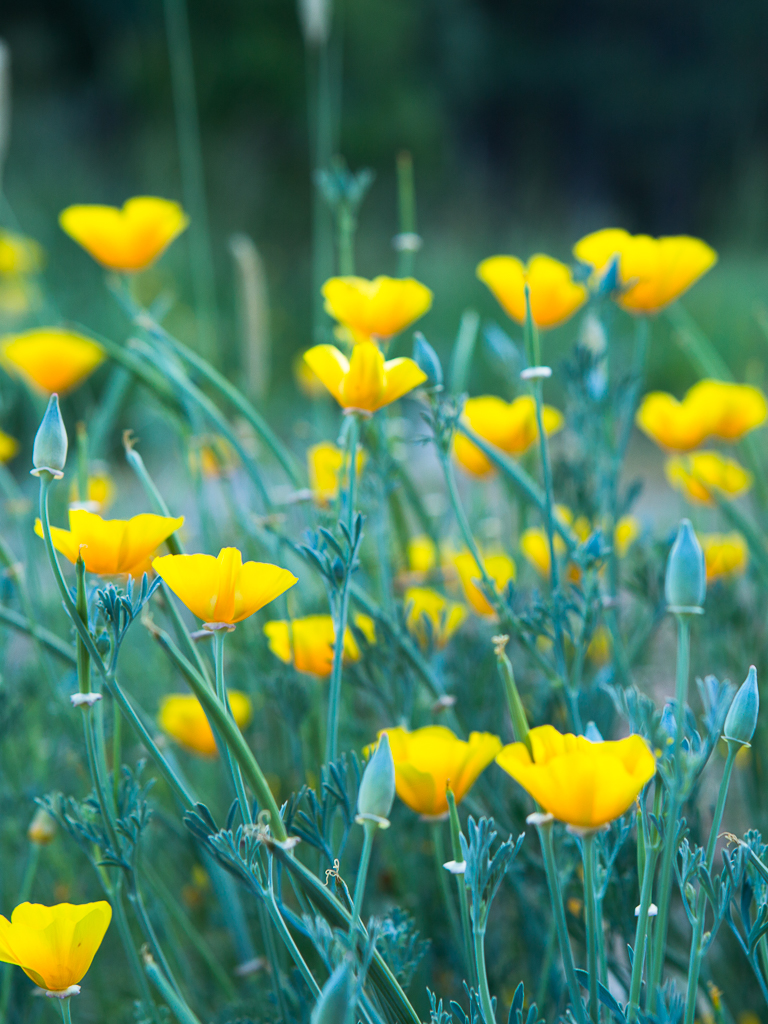
Photo by Emily Murphy
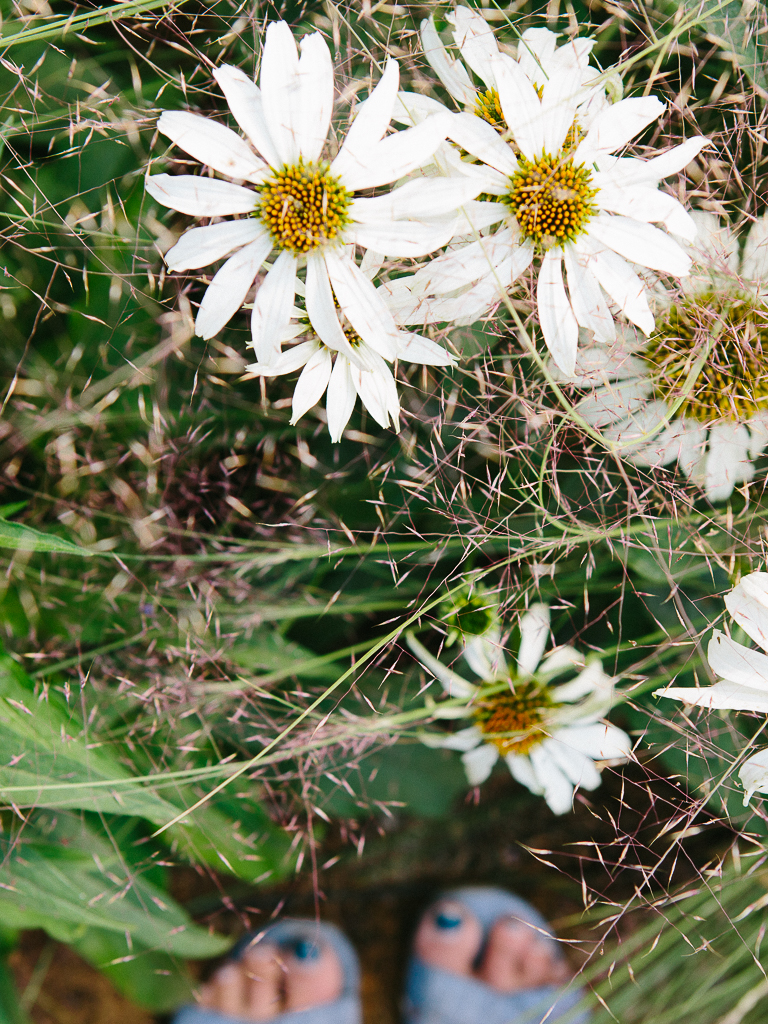
Photo by Emily Murphy
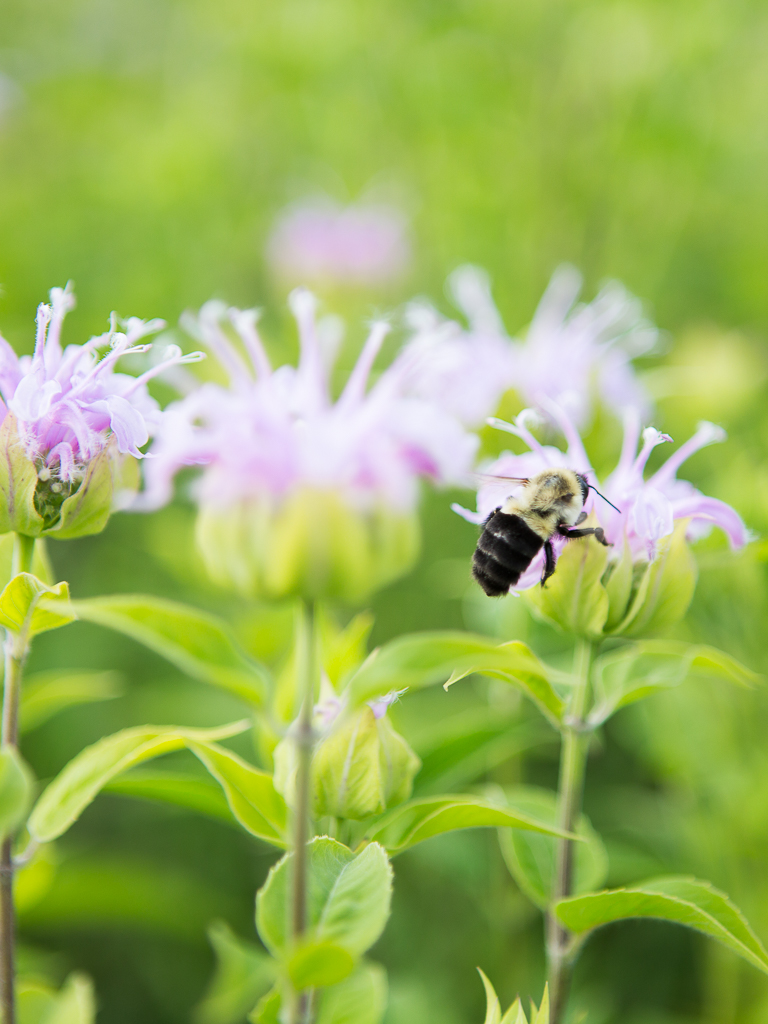
Photo by Emily Murphy
Other articles you might enjoy:
Make Your Own Bee Friendly Garden in 5 Easy Steps
9 Learnings From the Butterfly Waystation at Portland Head Lighthouse
Listen
Buy The Book
Special offers
Newsletter Signup
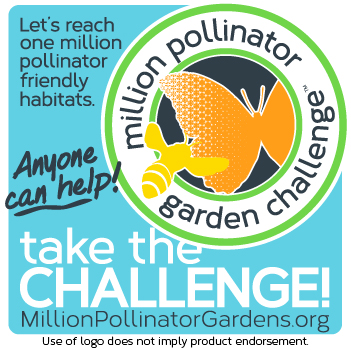
Archives
Disclosure
Pass The Pistil is a participant in the Amazon Services LLC Associates Program and other affiliate programs such as Etsy, affiliate advertising programs designed to provide a means for sites to earn fees by advertising and linking to curated affiliate sites.

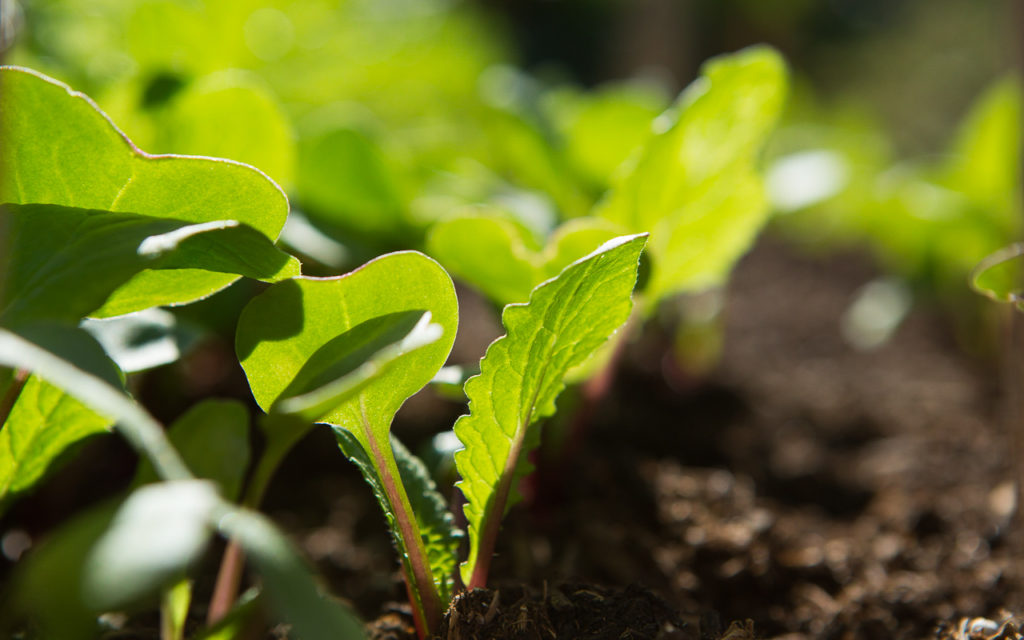
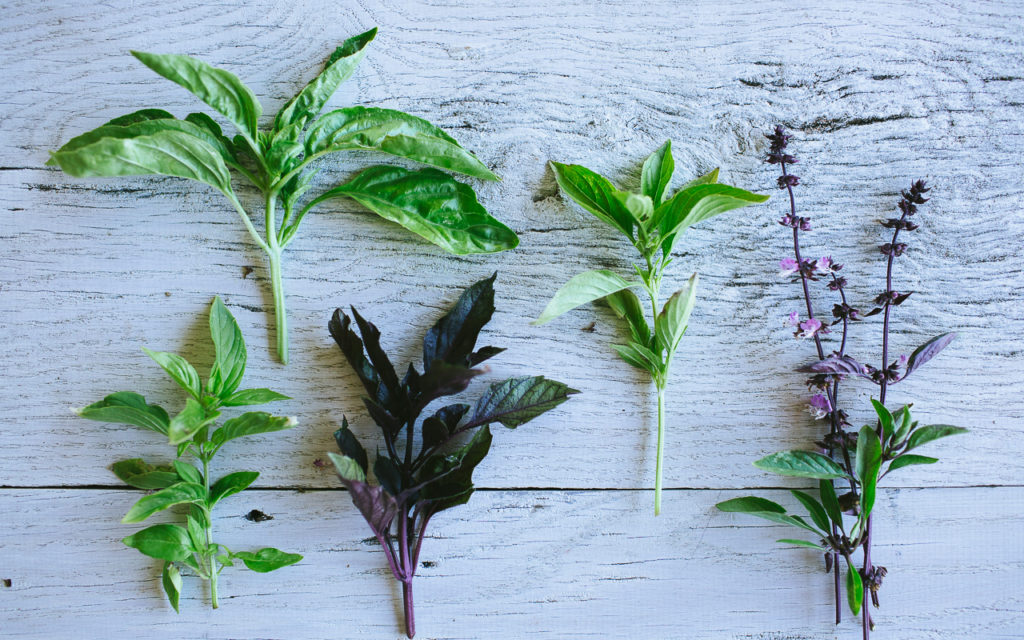
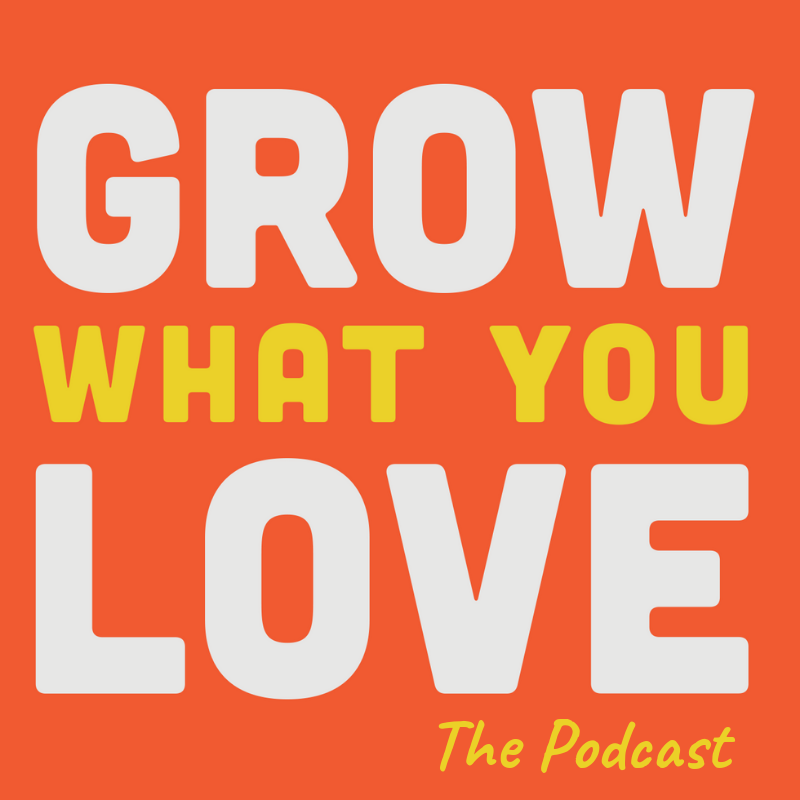





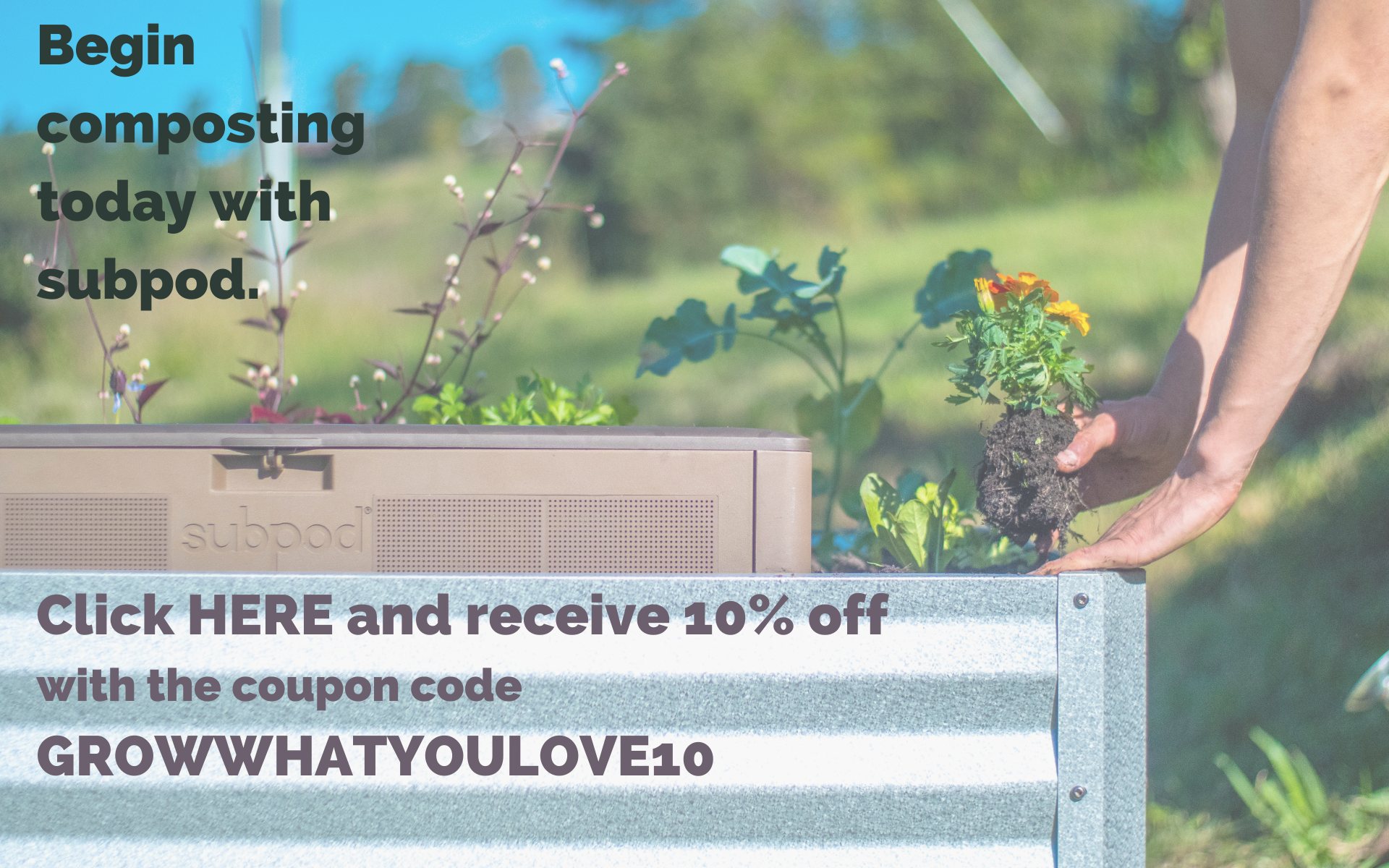
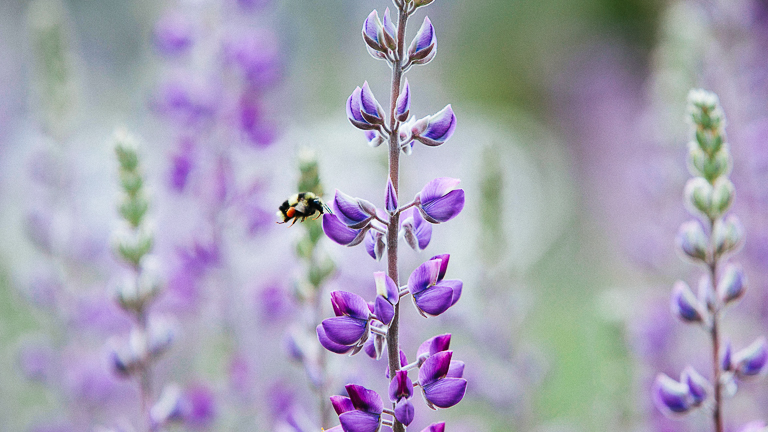
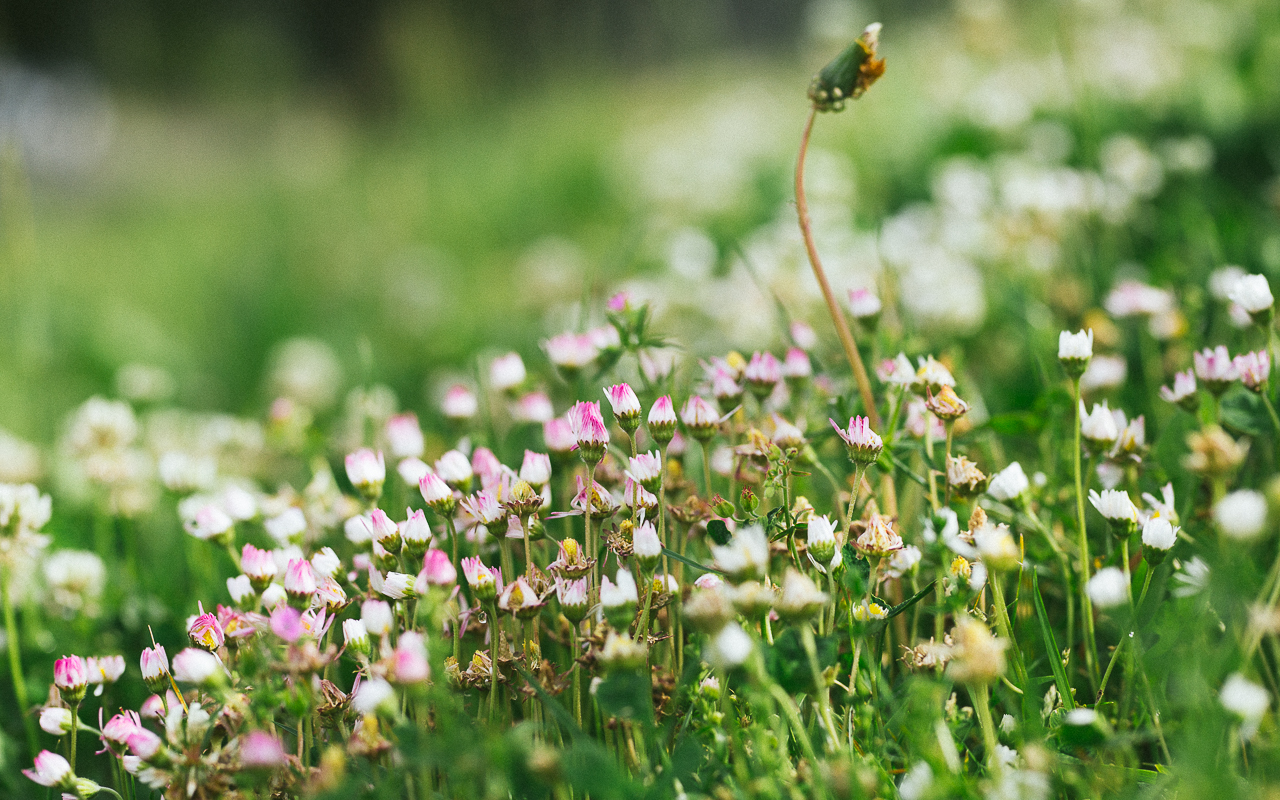
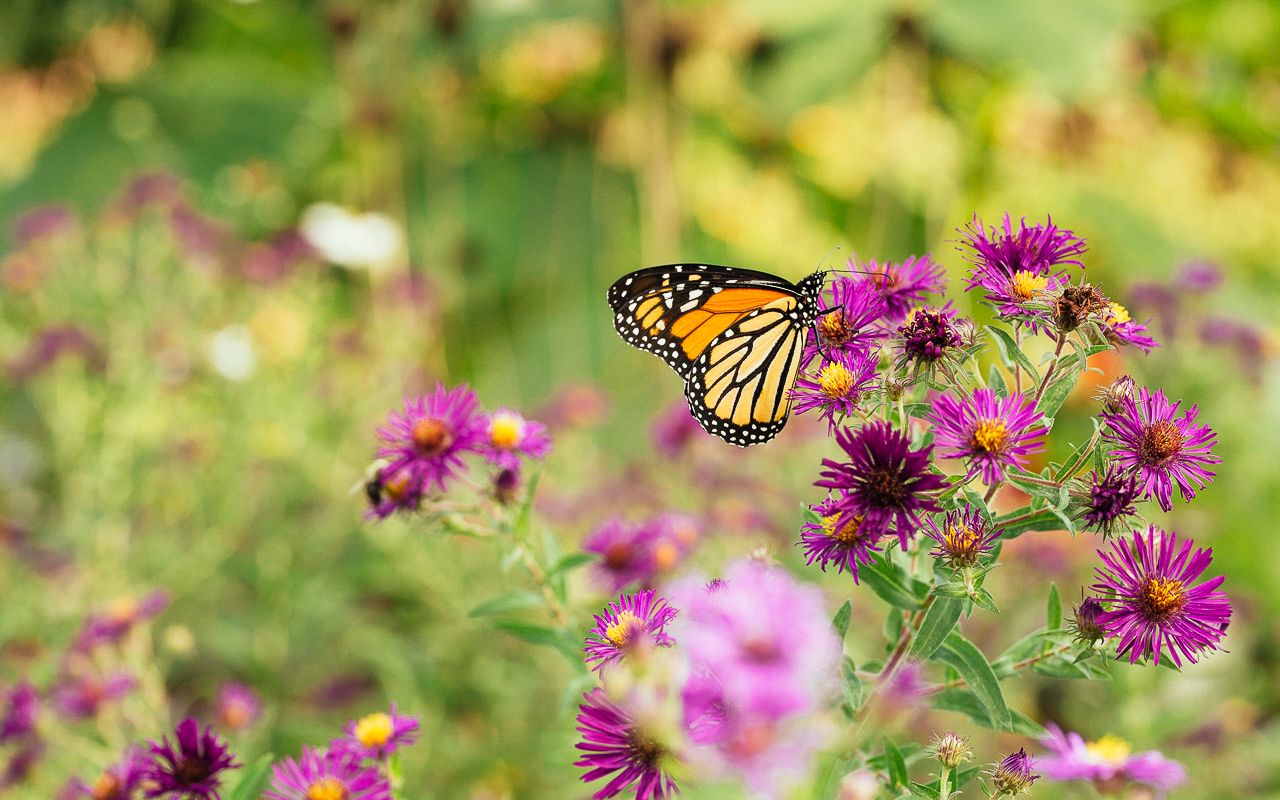
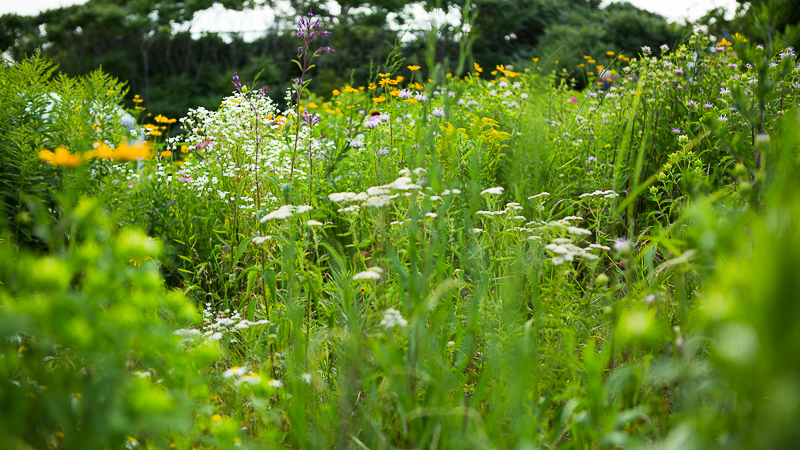
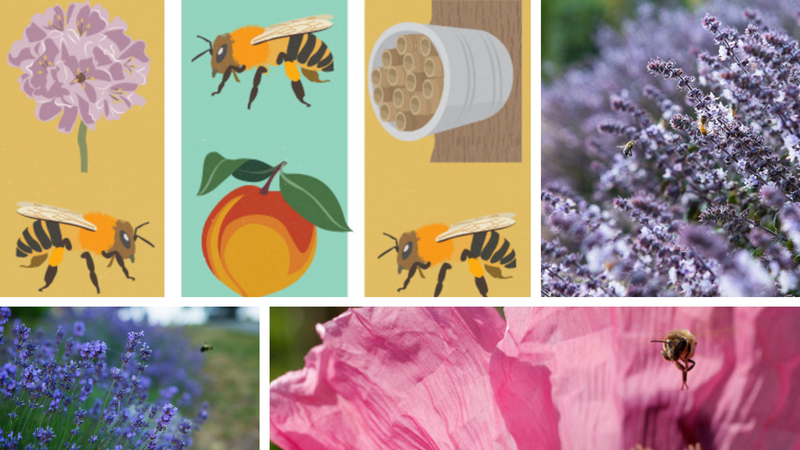
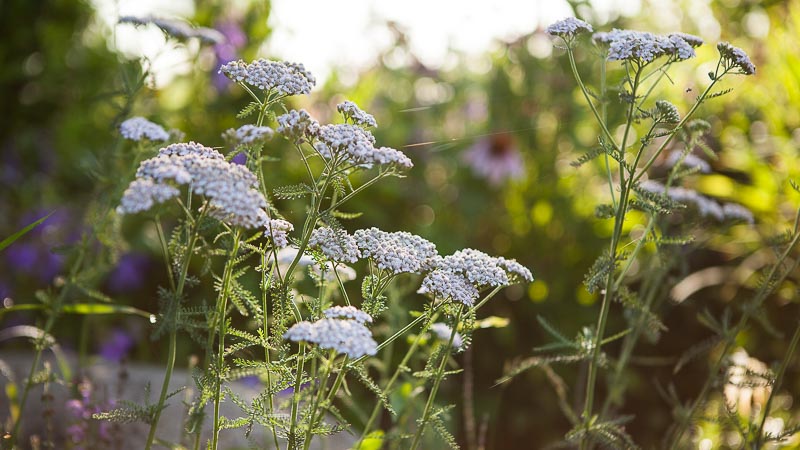
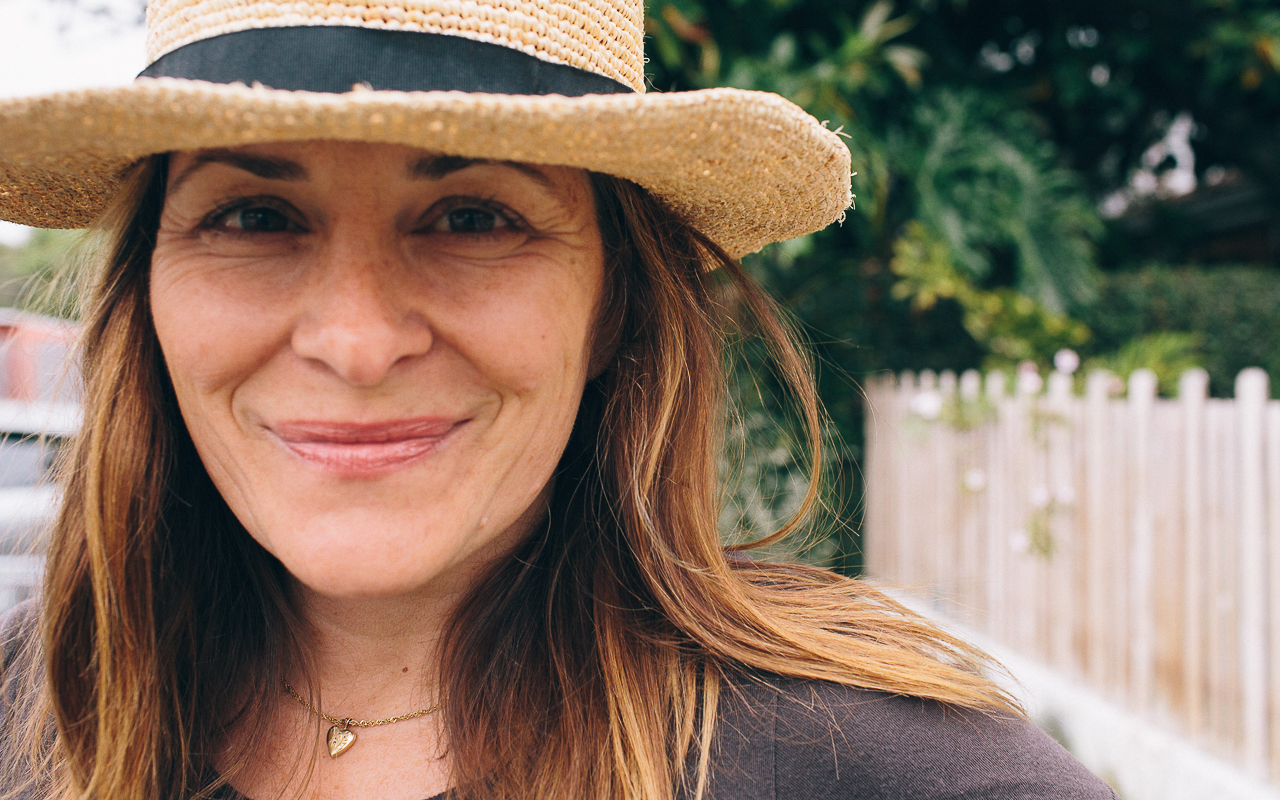

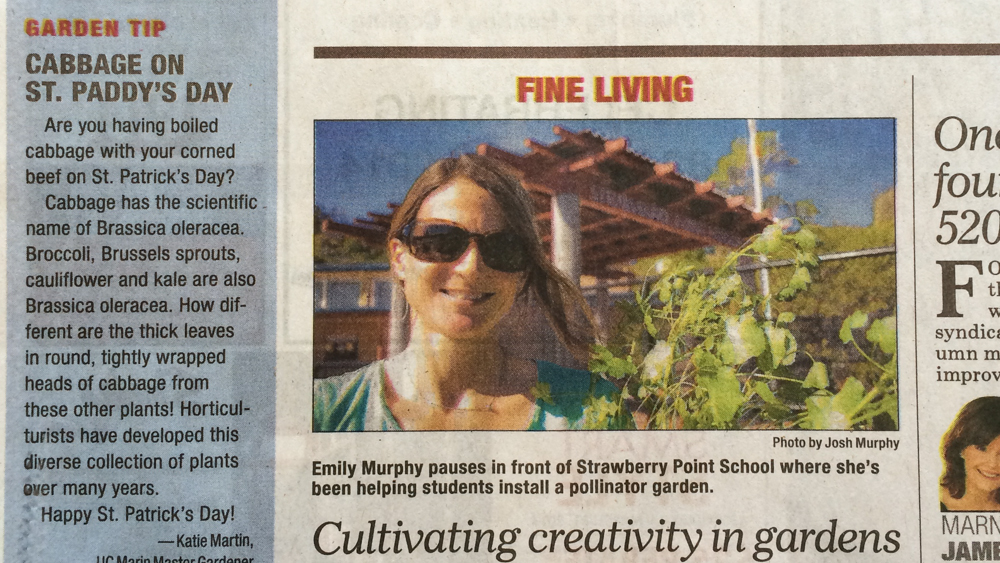
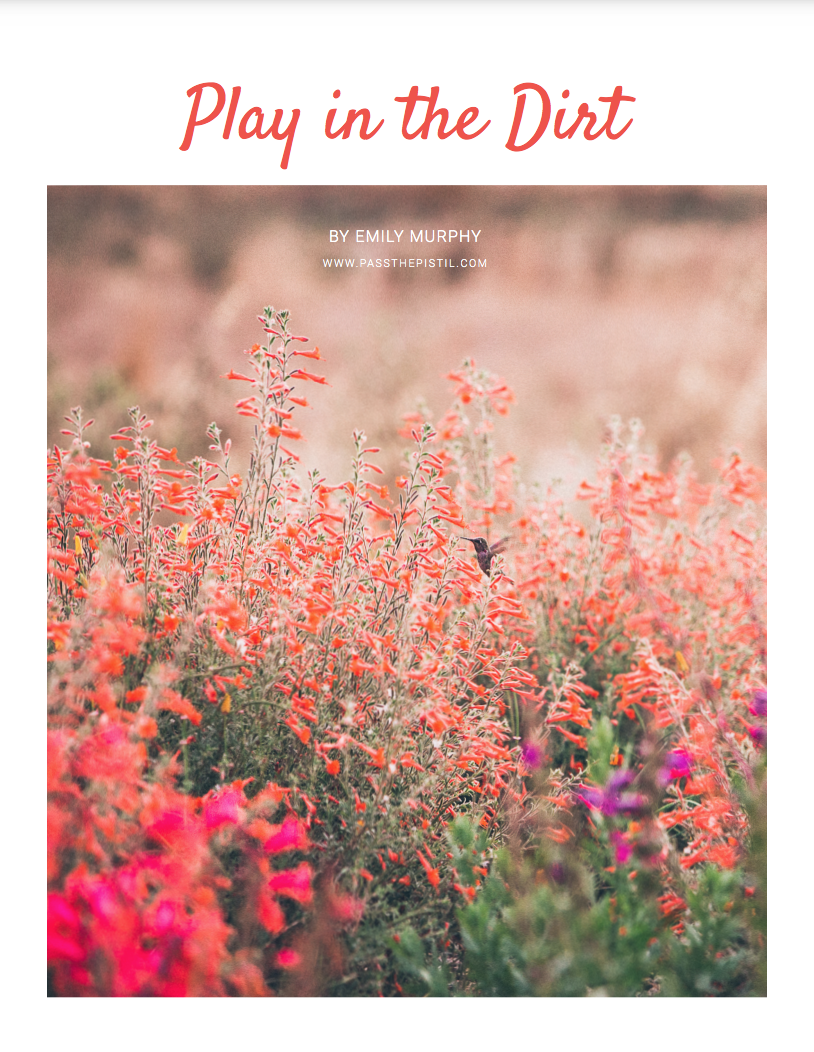
Great tips!
Thanks, Katie!